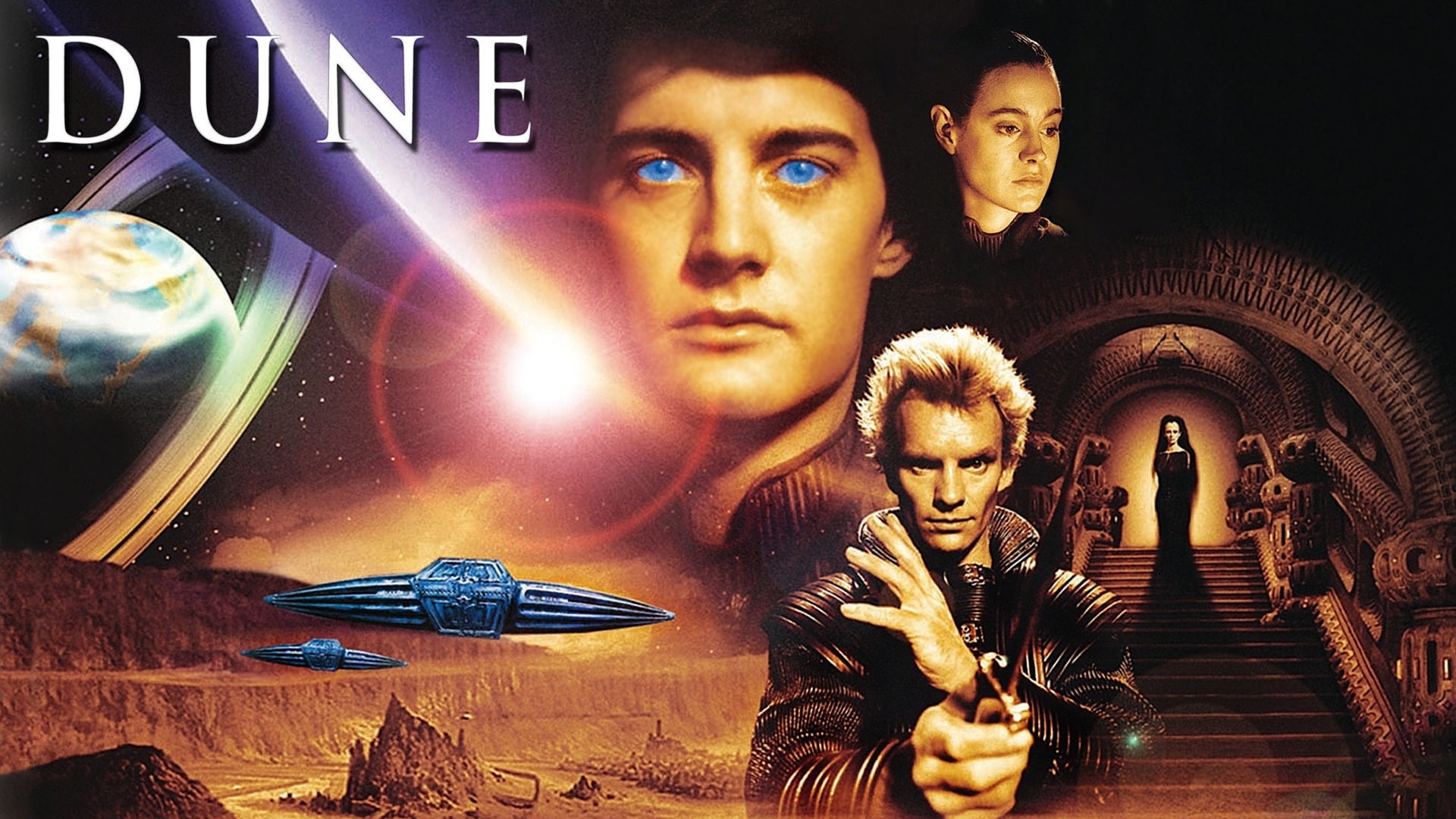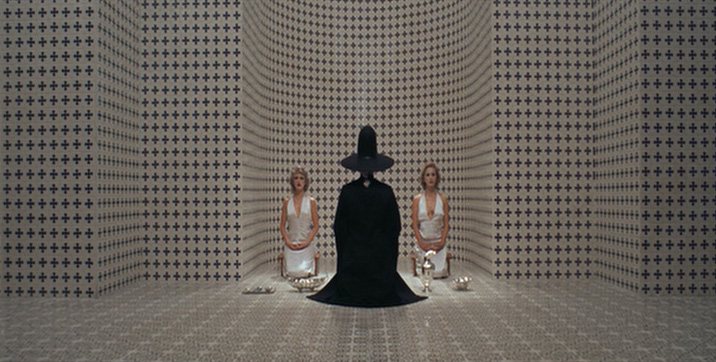 The Nightmare is a 2015 documentary directed by Rodney Ascher, detailing the experiences of those who suffer from sleep paralysis. Ascher is also known for directing Room 237. There are some big improvements in The Nightmare from Room 237. 1) We get to see the interviewees instead of just their disembodied (and poorly mixed) voices. 2) Despite The Nightmare's topic of sleep paralysis with it's association to mental illness, the paranormal, and alien abductions, there seem to be less crackpots in this documentary than the one about enthusiasts of The Shining. Don't get me wrong, for all intents and purposes, I loved Room 237 and the extra layer of drama and lore it added to The Shining. The Nightmare has a more finished quality to it. The reenactments are true to the described experiences, and at the same time dream-like in their interpretation.
The Nightmare is a 2015 documentary directed by Rodney Ascher, detailing the experiences of those who suffer from sleep paralysis. Ascher is also known for directing Room 237. There are some big improvements in The Nightmare from Room 237. 1) We get to see the interviewees instead of just their disembodied (and poorly mixed) voices. 2) Despite The Nightmare's topic of sleep paralysis with it's association to mental illness, the paranormal, and alien abductions, there seem to be less crackpots in this documentary than the one about enthusiasts of The Shining. Don't get me wrong, for all intents and purposes, I loved Room 237 and the extra layer of drama and lore it added to The Shining. The Nightmare has a more finished quality to it. The reenactments are true to the described experiences, and at the same time dream-like in their interpretation.Sleep paralysis occurs usually while someone is in the process of falling asleep. The body goes into a paralysis as it normally would (a physiological function to prevent us from running out of bed while we dream), but the mind is still awake. This leads to a panicked feeling, and a struggle to move or speak. This is already scary, but universally people under sleep paralysis also have visions or a sense that someone else is in the room.
 |
| Hello! We couldn't help but notice you were unable to move or scream. |
What is fascinating, is the consistent presence of "shadow men" in these dreams. Several of those interviewed described them specifically as a living shadow. They all go on to elaborate that they looked like a shadow of a person from the ground, but solid, and three-dimensional.
Aside from the fact that being paralyzed and aware of it is terrifying in and of itself, the visions that come with this are also extremely menacing. The stories range from amorphous black blobs to red-eyed men threatening death almost every night for years.
 |
| On a scale of amorphous blob to murderous red-eyed shadow man of eternal torment, what do you see? |
One woman claims to have rid the visits by finding Jesus. Another man's experience sounds more like extraterrestrial visitations. The stories have their parallels, but they can also vary from ghostly, to demonic, to alien in interpretation.
The way each shot is artfully staged is stunning and keeps the dreamy mood. Even the interviews are set in low light, the way you might dream about your house, but it's during a time of day that doesn't exist.
The below image is described by a man recalling the first time he bore witness to the shadows that had been lurking around his bed every night during sleep paralysis. The reason he could see them more clearly this time is because his bed was broken, and was propped up only by his mother's collection of Beanie Babies. It's an idiosyncratic situation, and ripe with possibility for imagery.
 |
| "Ahem. These are off-brand Beanie Babies." |
The director acknowledges this, and takes it to a dream-like space that exudes an artful interpretation, and by no means shows an over exaggeration from lack of understanding. In a way it reminds me of being in photography classes in college; seeing someone solve the creative challenge of representing time and place. The stills from this documentary can stand alone as a photography series.
The film set is ever-present in The Nightmare. At some points we see the shadow figures move from set to set, entering different interviewee's bedrooms. The Shadow Men are making their rounds for the night. It brings attention to the fact that these experiences aren't based in reality (hopefully). These visions might be part of a primal subconscious that we all share, revealing itself when we are most vulnerable and afraid; testing us. To some degree we all fear this same generic boogie man.
I am lucky enough to have never experienced this chronically like the people in this film. However, I have had one episode that might be classified as sleep paralysis. It was during my junior year of college, and I was living in a door room in a suite. I had the room to myself and the door was locked while I slept every night, just in case. One lazy weekend morning, I was in the state where you become aware that it's morning, and you're not fully awake, but you're aware that you were sleeping. Coming in and out of sleeping and being awake, I tried to wake up, but could not move.
My eyes were closed, not tightly, and I could see the light in the room if not a sliver of my surroundings. On my back, I couldn't move a limb. This was odd, but what made it worse was hearing my door open and foot steps walking to my bed. I didn't see anyone coming for me, no shadow. Maybe I just felt the presence. Then, without feeling much movement on the bed, I felt the pressure of someone on top of me.
I can't explain the feeling that I had. It was nothing more than pressure, and I don't remember being especially scared. No one's face was over mine, no breath. It was just on my torso and legs. I wanted the narrative to be that I was terrified, and that I fought, but I was helpless and I succumbed. Maybe this really was just a dream.
At some point I woke up for real. I checked the door, and it was locked.














































